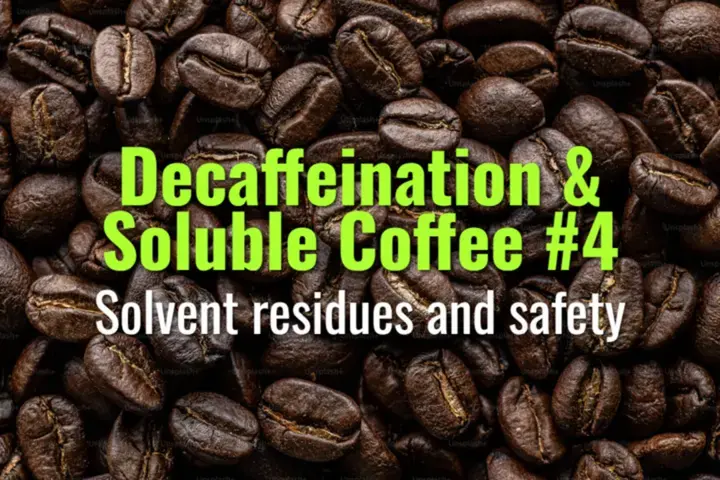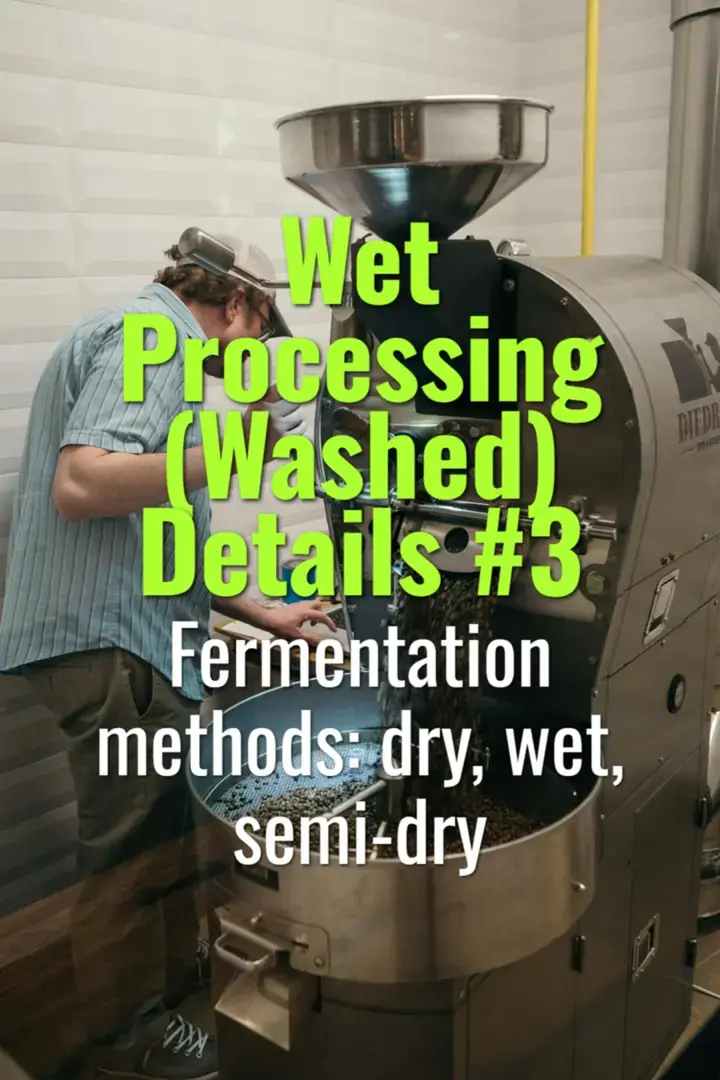
Process traceability and claims
Why transparency in decaffeination processes matters, how traceability is ensured, and what claims roasters should communicate responsibly.

Why transparency in decaffeination processes matters, how traceability is ensured, and what claims roasters should communicate responsibly.

How solvent-based decaffeination works, what residues may remain, and why regulatory bodies consider these processes safe for consumers.

How the ethyl acetate (EA) process—often called the sugarcane method—decaffeinates coffee using a naturally derived solvent while maintaining desirable flavor qualities.

Understand how chloride ions in brewing water can impact coffee equipment and flavor.

This topic explains the major acids present in green coffee, their roles in flavor and stability, and how they transform during roasting and storage.

This topic explains the three main fermentation methods used in washed coffee—dry, wet, and semi-dry—how they differ, their effects on processing efficiency, and their influence on flavor outcomes.